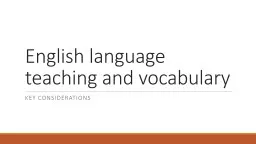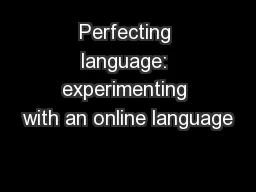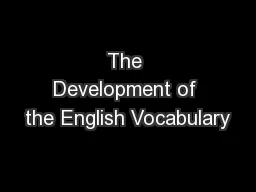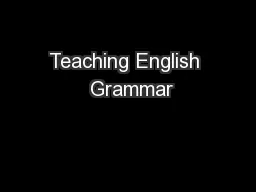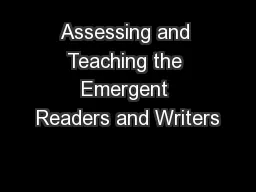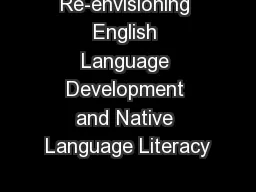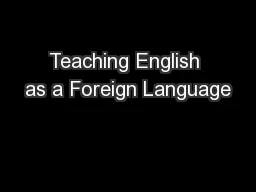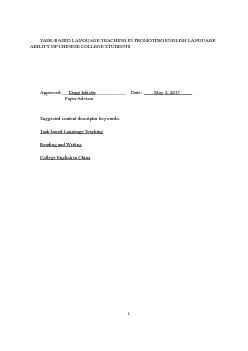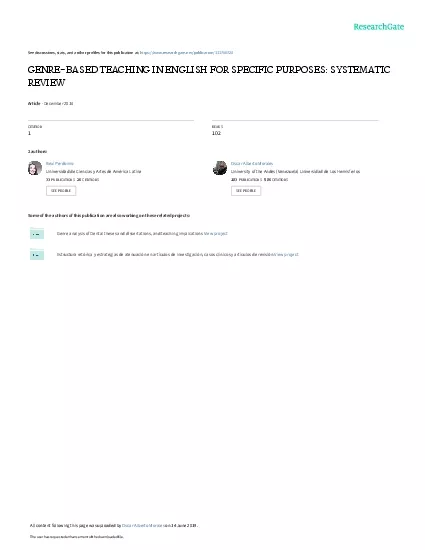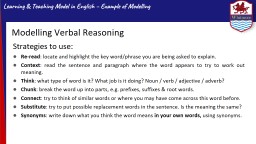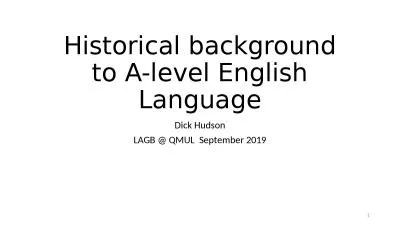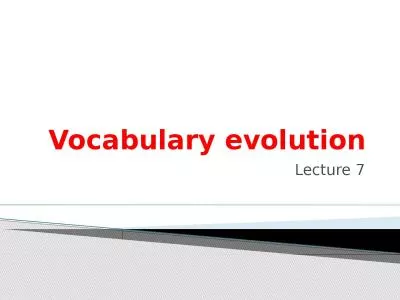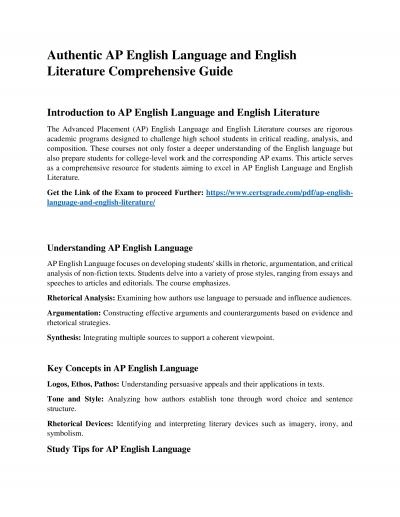PPT-English language teaching and vocabulary
Author : kittie-lecroy | Published Date : 2019-11-20
English language teaching and vocabulary Key Considerations Reflective Discussion How did you learn new English vocabulary when you were in school Do you feel that
Presentation Embed Code
Download Presentation
Download Presentation The PPT/PDF document "English language teaching and vocabulary" is the property of its rightful owner. Permission is granted to download and print the materials on this website for personal, non-commercial use only, and to display it on your personal computer provided you do not modify the materials and that you retain all copyright notices contained in the materials. By downloading content from our website, you accept the terms of this agreement.
English language teaching and vocabulary: Transcript
Download Rules Of Document
"English language teaching and vocabulary"The content belongs to its owner. You may download and print it for personal use, without modification, and keep all copyright notices. By downloading, you agree to these terms.
Related Documents

